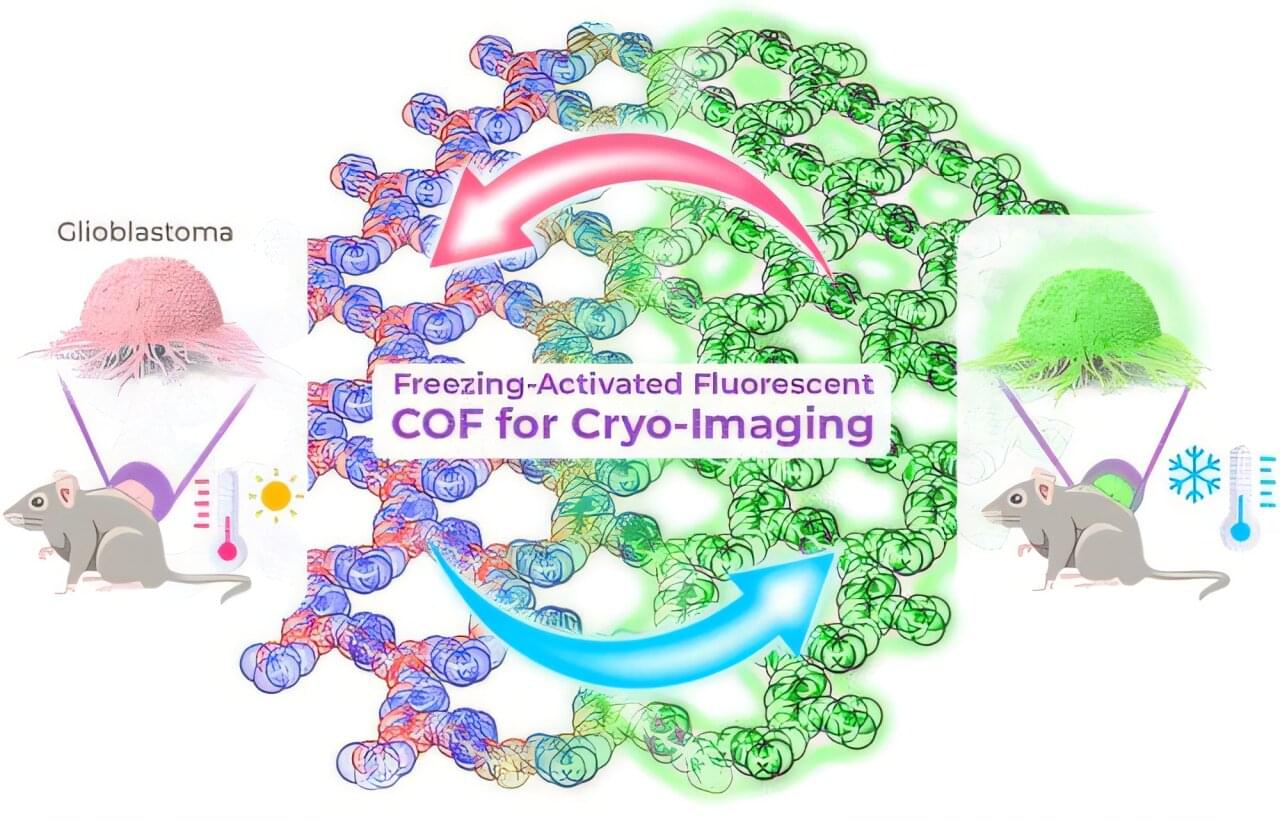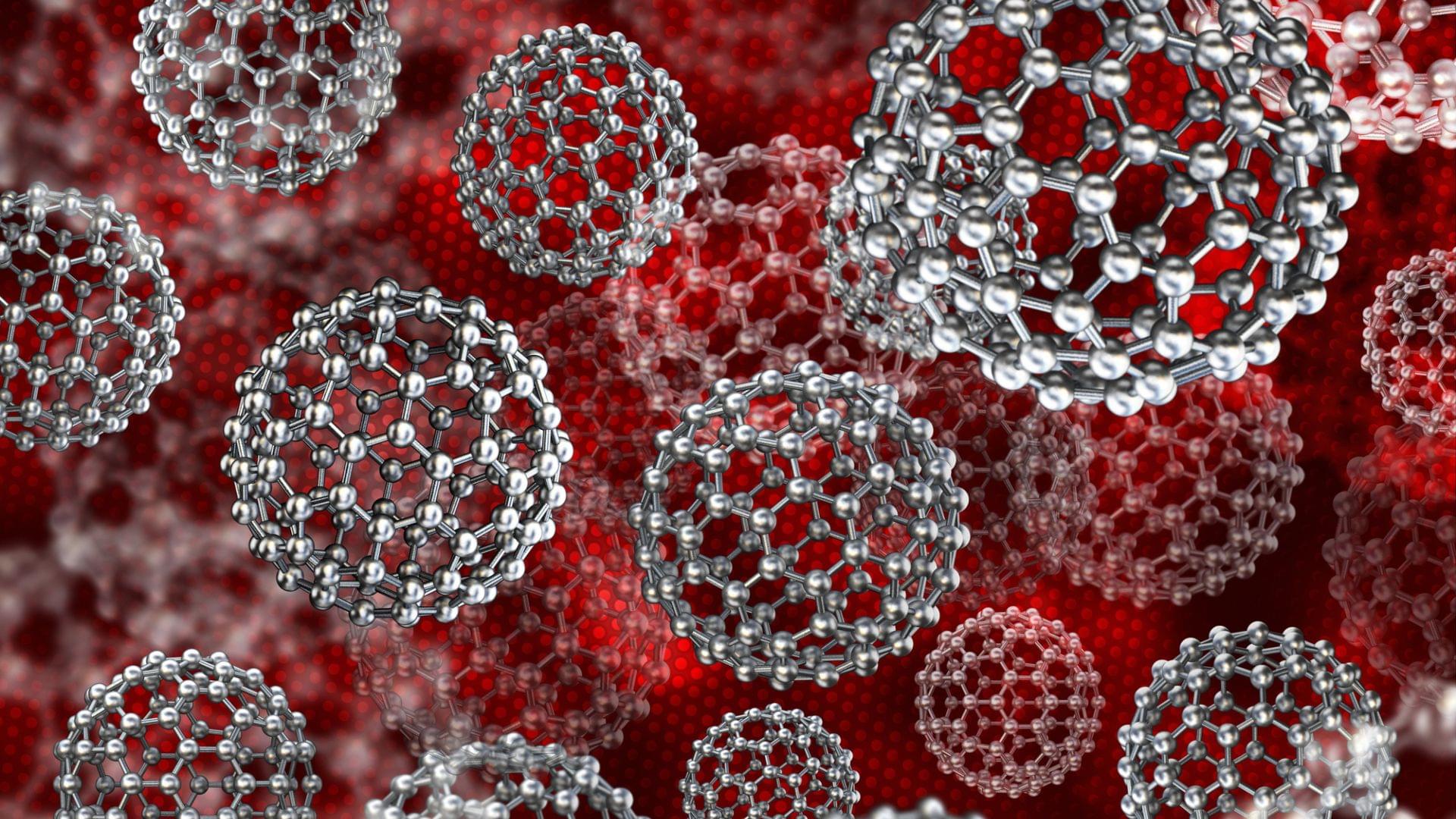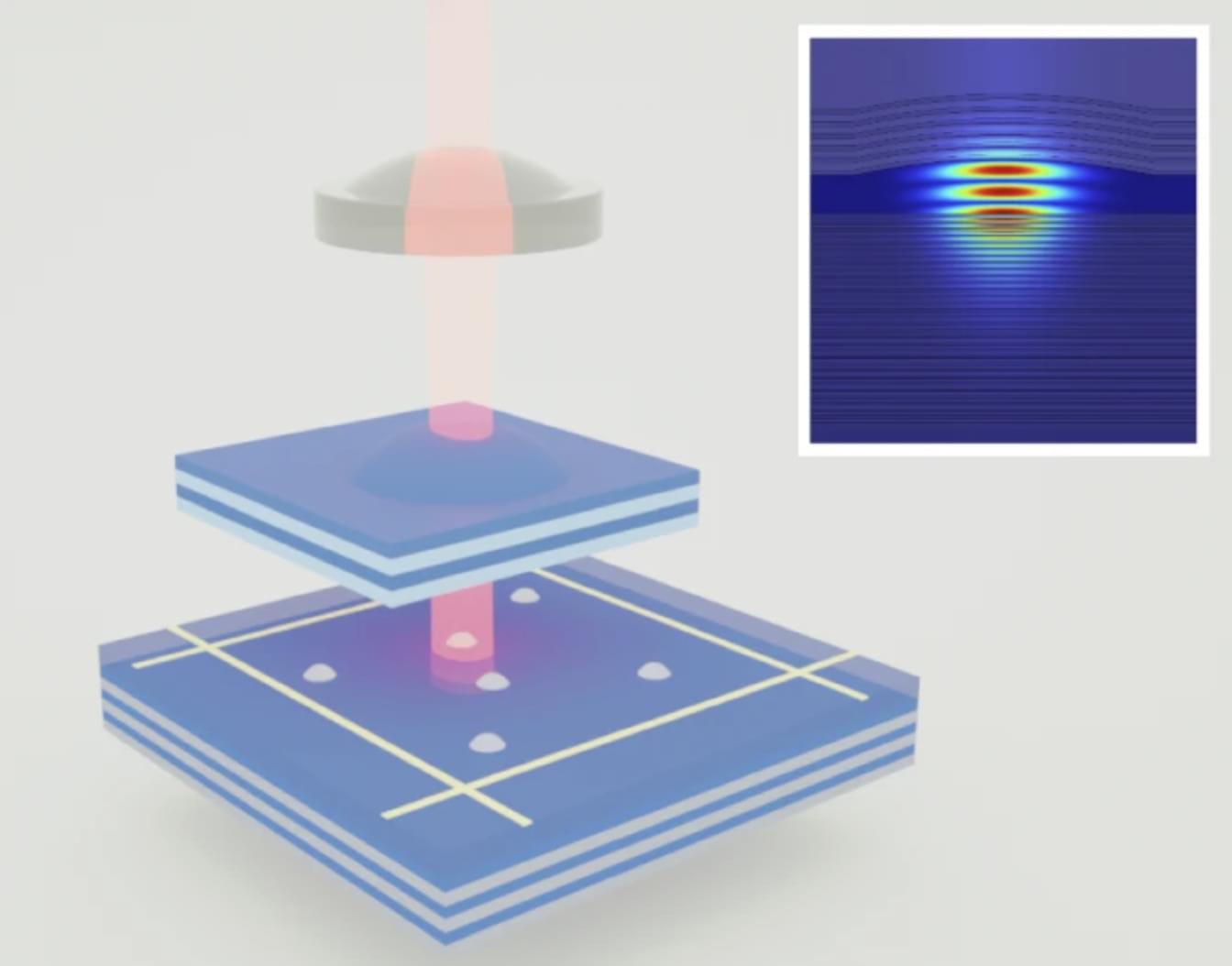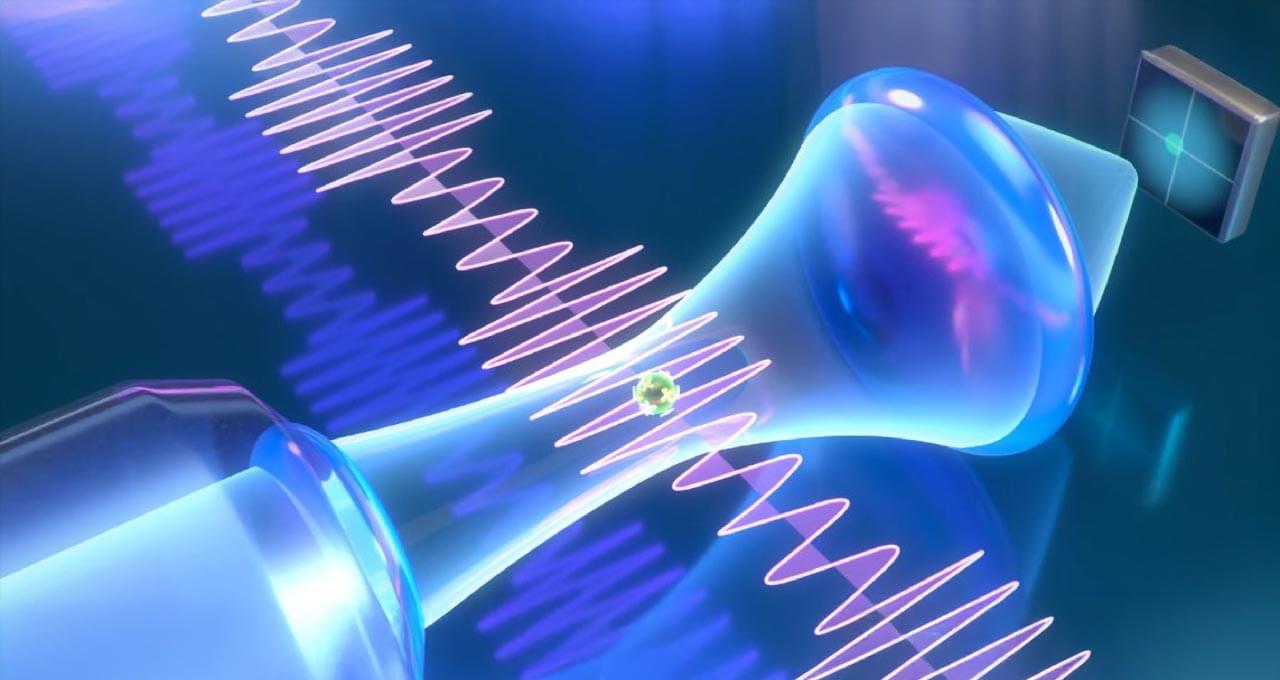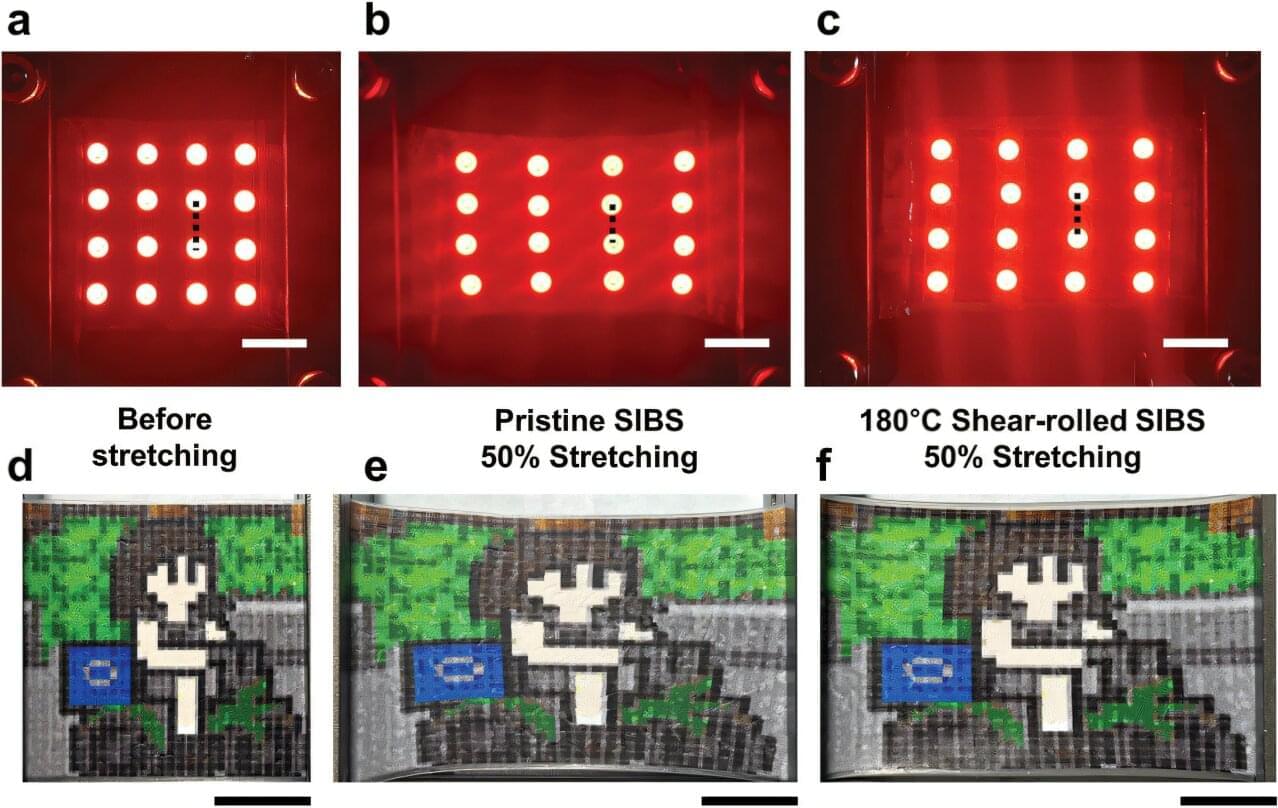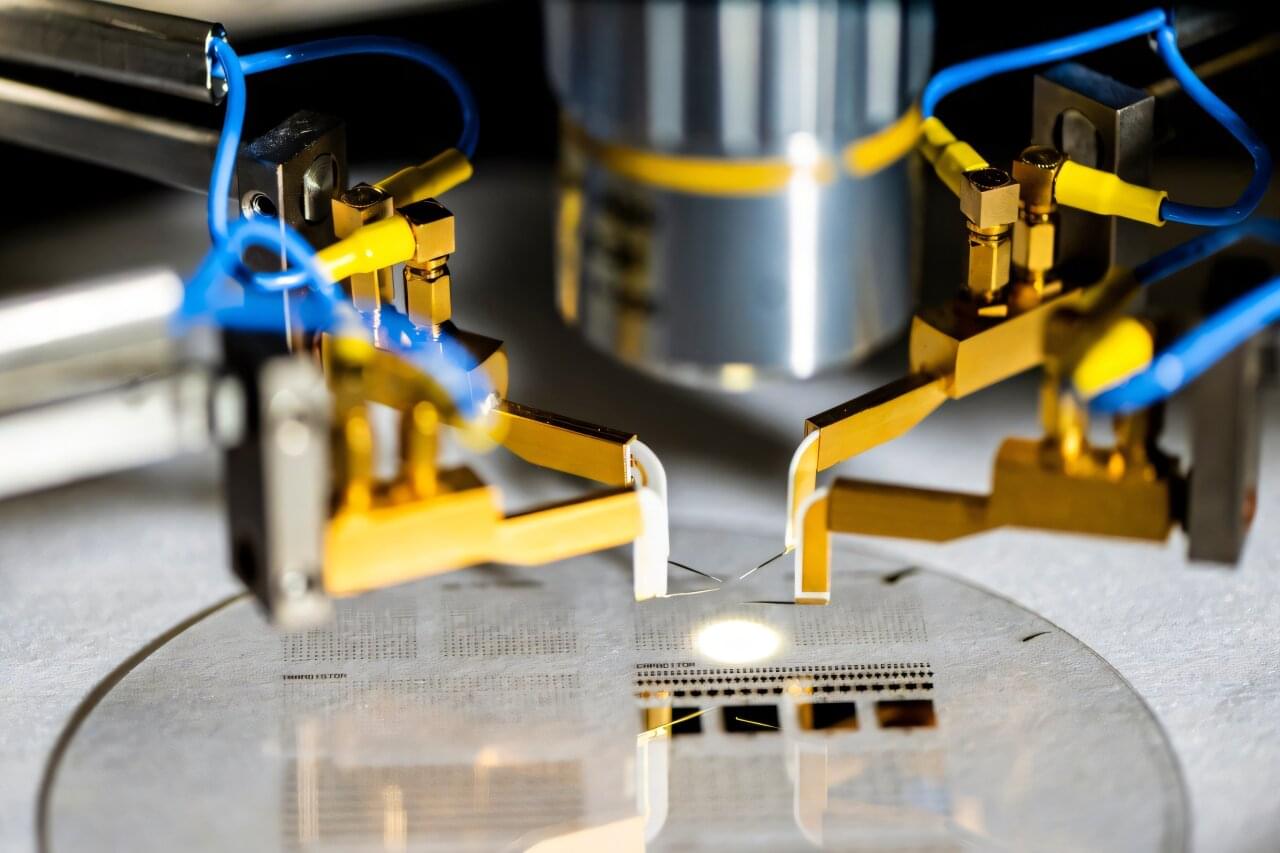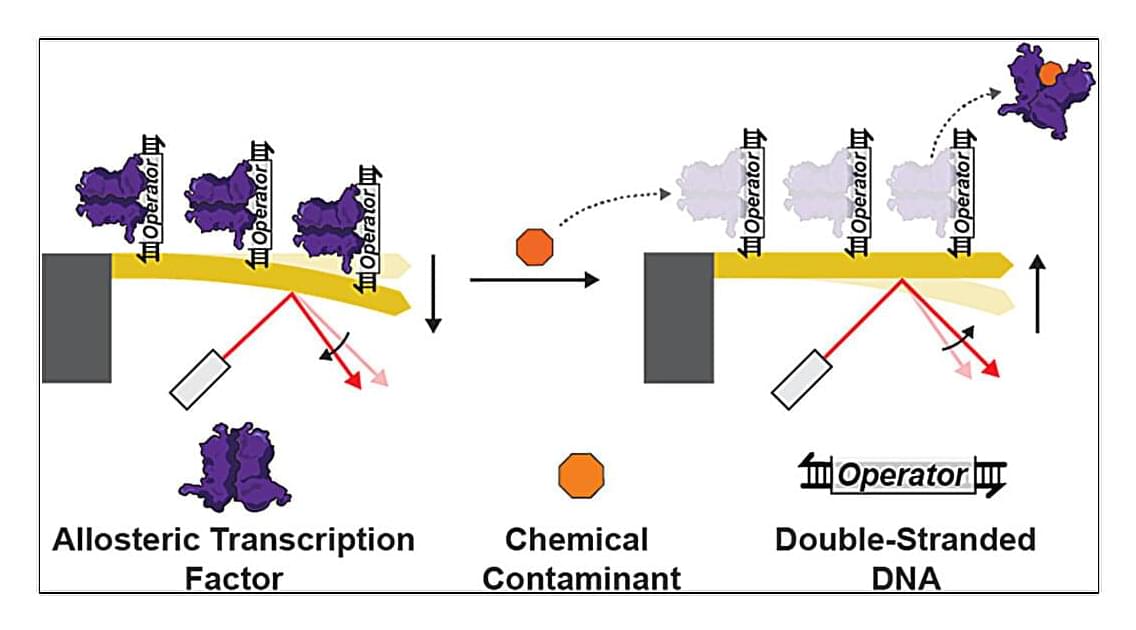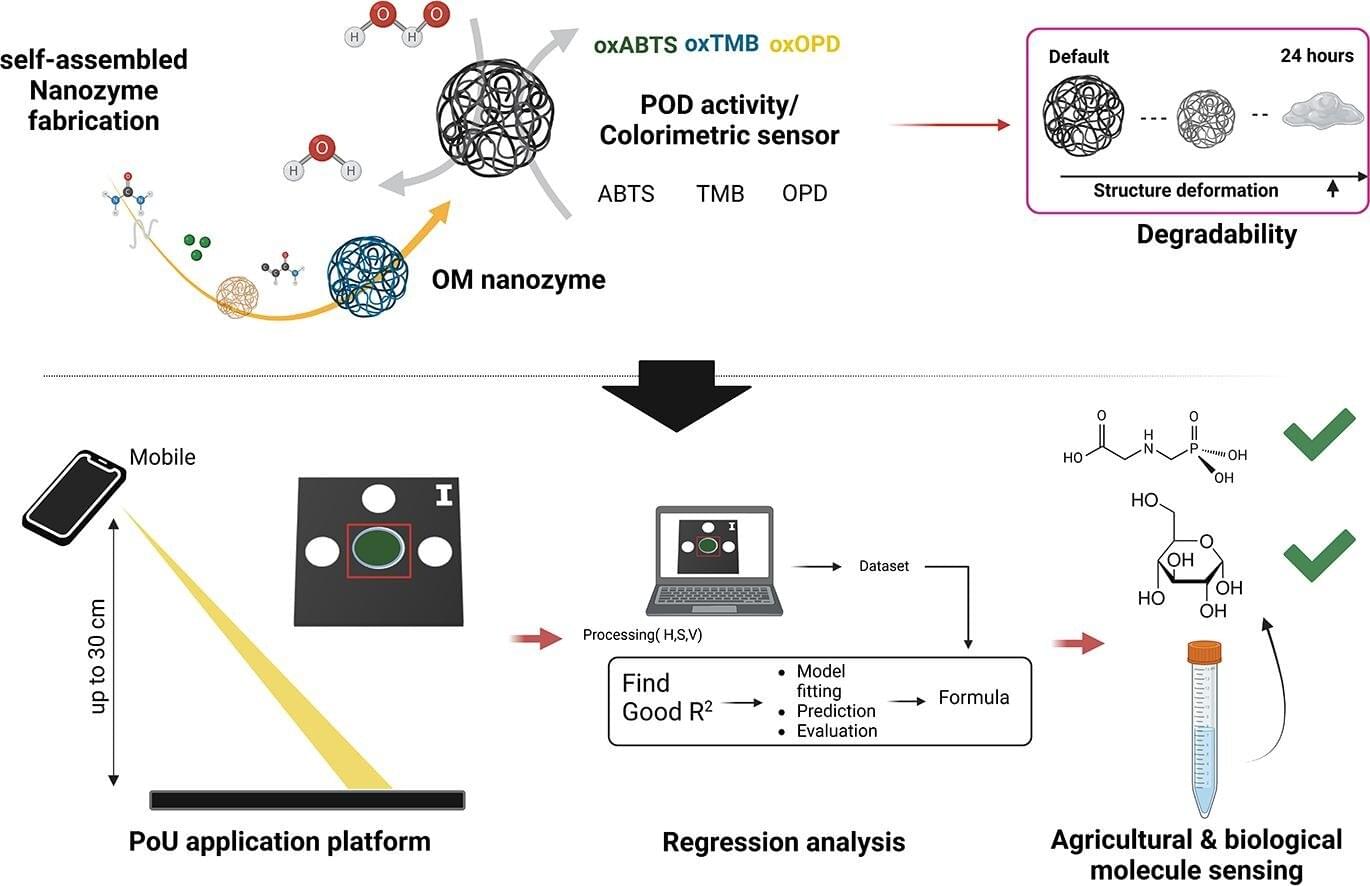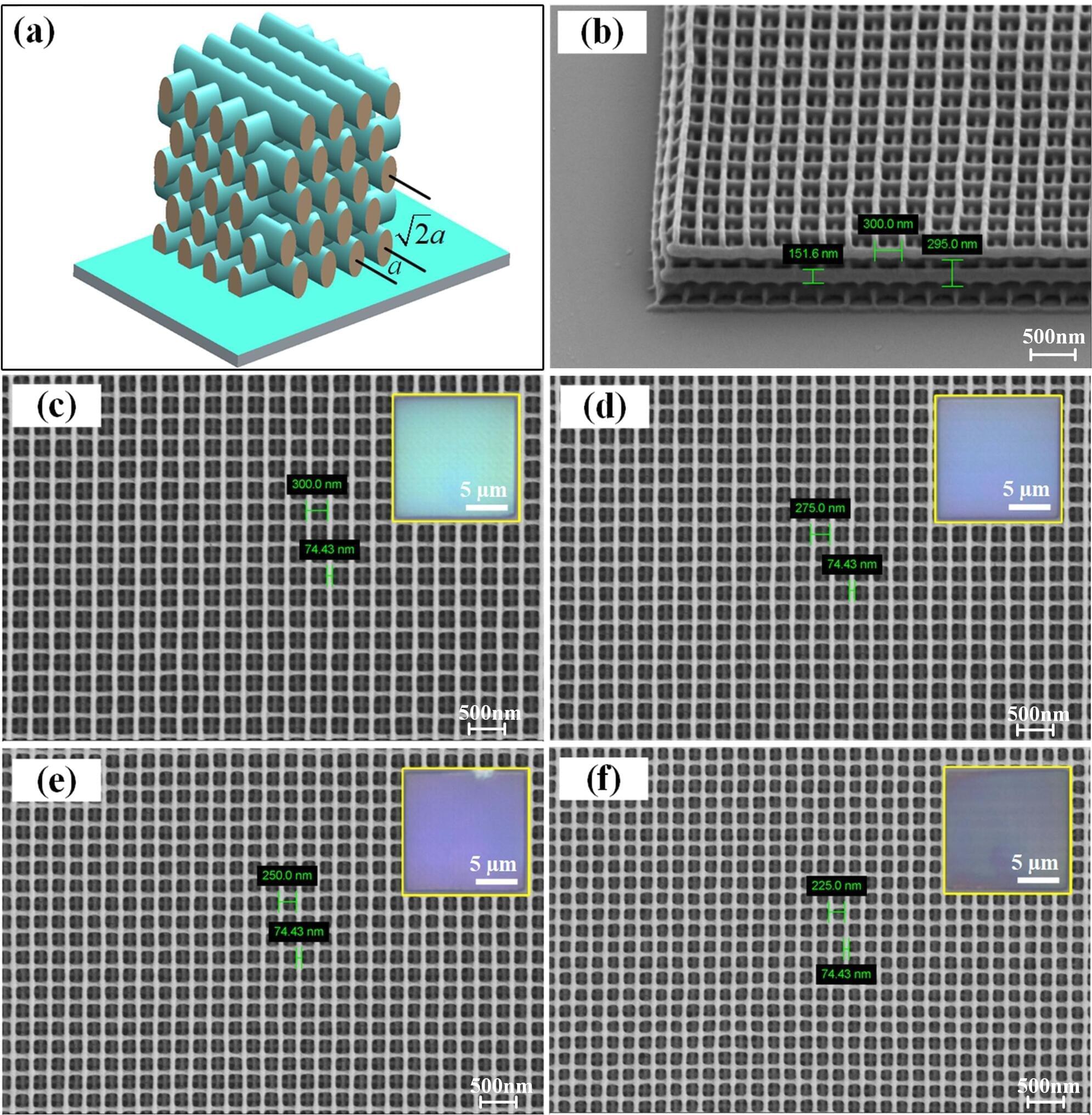Researchers at NYU Abu Dhabi (NYUAD) have developed an innovative tool that enhances surgeons’ ability to detect and remove cancer cells during cryosurgery, a procedure that uses extreme cold to destroy tumors. This breakthrough technology involves a specialized nanoscale material that illuminates cancer cells under freezing conditions, making them easier to distinguish from healthy tissue and improving surgical precision.
Detailed in the study “Freezing-Activated Covalent Organic Frameworks for Precise Fluorescence Cryo-Imaging of Cancer Tissue” in the Journal of the American Chemical Society, the Trabolsi research group at NYUAD designed a unique nanoscale covalent organic framework (nTG-DFP-COF) that responds to extreme cold by increasing its fluorescence. This makes it possible to clearly differentiate between cancerous and healthy tissues during surgery.
The material, prepared by Gobinda Das, Ph.D., a researcher in the Trabolsi Research Group at NYUAD, is engineered to be biocompatible and low in toxicity, ensuring it interacts safely within the body. Importantly, it maintains its fluorescent properties even in the presence of ice crystals inside cells, allowing real-time monitoring during cryosurgery.
